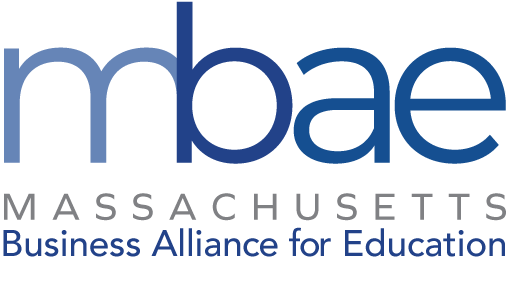Our public higher education institutions provide exemplary learning opportunities at an affordable cost for their students, but they provide so much more. In a newsletter from the UMASS Economic Development Office, the office cites a recent study released by the UMass Donahue Institute which found that the University of Massachusetts is a key contributor to the state’s overall economy — with an impact of $6.1 billion. The UMASS system has seen growth in construction and spending on research, faculty and students. In addition to campuses in Amherst, Boston, Dartmouth, Lowell and a Medical School in Worcester, the UMass system also operates 75 additional sites across the state.
Highlights from the report include:
- Producing more than 16,000 graduates a year, most of whom remain in Massachusetts;
- Conducting about $600 million in sponsored research annually;
- Generating breakthroughs and discoveries that create new companies and new jobs, and converting our high-quality research into licensing income of about $35 million a year.
Our state universities also assist the state economy in other ways that matter to the business community. State and community colleges are creating pipelines to college and career. Springfield Technical Community College recently launched a STEM Starter Academy. At the Academy, recent high school graduates participate in a 7-week intensive hands on experience in STEM at no cost. Students participate in math readiness and engineering introduction courses while earning free college credits. They receive daily tutoring, guidance from STEM Coaches, and participate in on and off campus field trips to hear speakers and work on projects alongside STEM professionals in the field. Students will then use this experience to matriculate to college with a focus on STEM.
Our higher education institutions are not only helping Massachusetts retain graduates, but they are building the pipeline of an educated workforce that will contribute to the state’s economy well after students leave the institution. Students will fill positions in our state’s burgeoning and well-established industries, create companies or conduct research. The impact of our public higher education institutions extends beyond the classroom.
